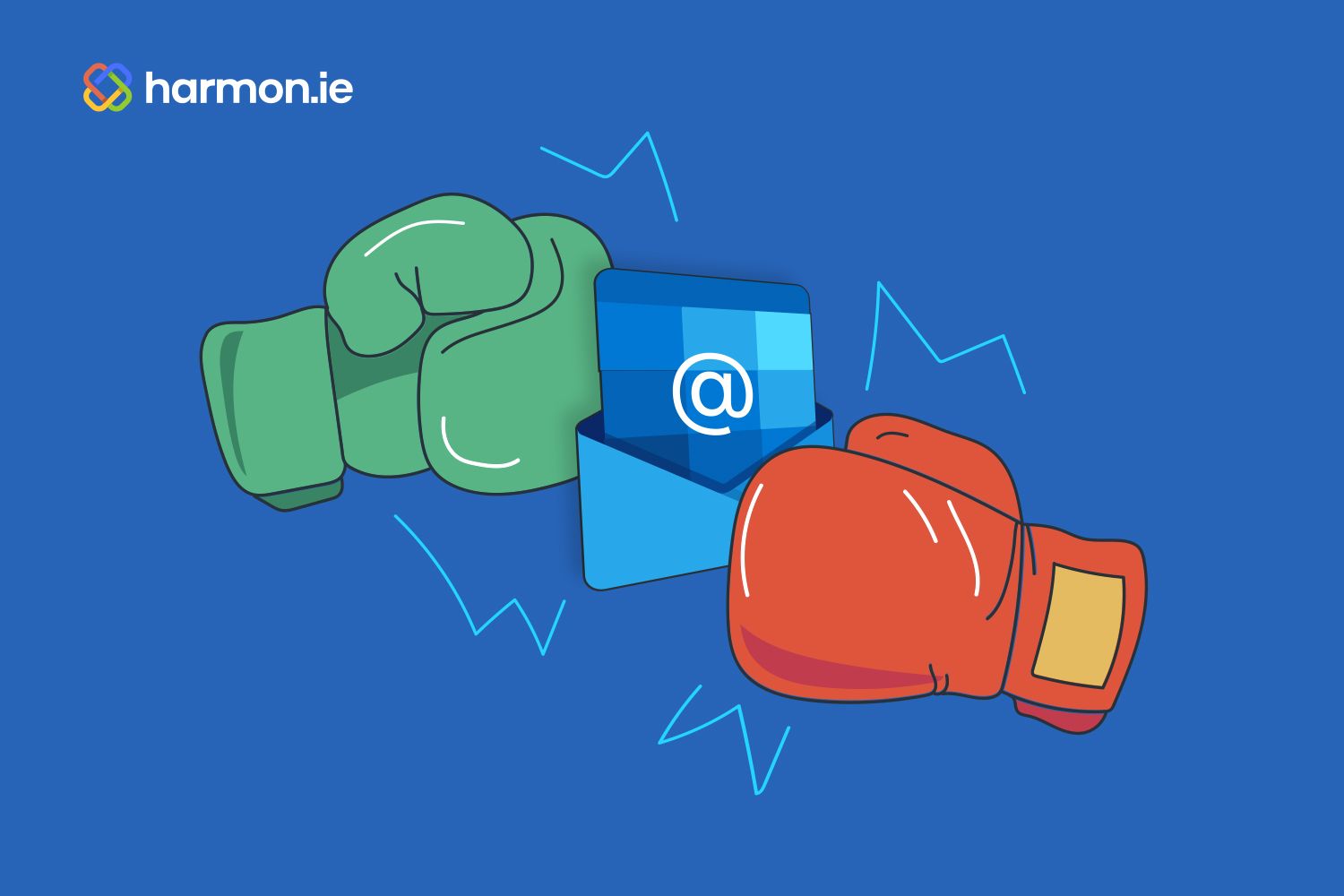While many organizations use SharePoint for sharing and storing key documents, these repositories often only represent a fraction of the files businesses should be sharing and archiving in a central, controlled location. What’s missing from these shared directories is all of the communications related to those shared documents, which can provide context and clarity for colleagues who need a fuller picture of the situation to perform their duties with optimal efficiency.
We’re talking about emails, of course, which capture all the nuances, clues, and implicit commitments and requirements discussed during back-and-forth exchanges between your organization and various customers, end users, vendors, and strategic partners. The records of these conversations are just as deserving of being shared and archived, but they’re typically overlooked as part of IT’s SharePoint strategy.
Let’s dig into why this is a missed opportunity and how to get your organization into the habit of sharing and storing important messages on SharePoint.
Why sharing and storing emails matters
Asynchronous messaging applications are beginning to make inroads into how we communicate both internally and externally, but email remains the dominant method for working with others on important matters. Everyone has an email address and a client to receive, read, and send emails, so it’s the go-to, default method for most interactions.
Email exchanges contain a treasure trove of data, much of which is also useful for those not included in the original thread. These digital dialogues contain nuggets of insight ranging from wish lists during the sales process to vendor pricing negotiations to key deadlines and dependencies.
While some of that knowledge transfer may happen organically, many of those details get overlooked and remain trapped in a single end-user inbox. By sharing emails with colleagues by storing them in a central location, they can deliver value to a broader range of people and be discoverable via search.
Why SharePoint is the place to save them
SharePoint certainly isn’t the only option for centralized file sharing and storage, but it has a few advantages that make it ideal for email.
First and foremost, your organization likely already has SharePoint and is using it in some capacity to begin with. As part of the Microsoft suite of productivity applications, it’s often included with the licenses for other apps your end users rely on, such as Microsoft Word and PowerPoint.
Second, it is great for setting different permissions at the file, folder, and directory levels. Since email messages often contain sensitive information, your organization probably doesn’t want every rank-and-file employee to have access to every message ever archived. With SharePoint access permissions can be refined down to specific users and individual messages, ensuring no one sees what they’re not authorized to view.
SharePoint is also well-suited to handle email retention and destruction tasks, which may be a regulatory or legal requirement. Moving email messages that fall under these policies improves the odds they will be stored and/or deleted on the appropriate schedule as IT can set rules and automate those processes.
SharePoint (along with Microsoft Teams) is also where many end users already share files and collaborate. This makes it a familiar environment and adds another use to an existing tool in your technology stack.
How harmon.ie makes it easier
While SharePoint offers a rich and robust feature set for storing, sharing, and organizing files, it lacks an easy way to move email messages and file attachments from Outlook, which is where end users receive, send, and access their email. This is where harmon.ie really adds value.
With a drag-and-drop interface, end users can quickly move or copy email messages and their attachments to specific locations in SharePoint without ever leaving their inbox. In the harmon.ie panel in Outlook, end users can drill down to specific locations in SharePoint and then just drag and drop specific messages to the right spot in SharePoint.
By making this a seamless, integrated, and—most importantly—quick and painless user experience, organizations see significantly higher compliance rates from their user base. By empowering colleagues to rapidly complete these tasks without switching contexts or needing to use additional tools or applications. End users can also add additional metadata fields to make things even easier to find and categorize.
harmon.ie also creates a special email view in SharePoint by stripping out headers and metadata into searchable, sortable columns, improving discoverability and powering automated retention and destruction activities. And, if an end-user ever needs to send a file or email stored on SharePoint to someone else, they can also do that all from within Outlook, including setting the permissions for what the recipient can do with that file.
Ready to unlock the full potential of SharePoint and Outlook? Check out some of our case studies or begin your free trial today!



